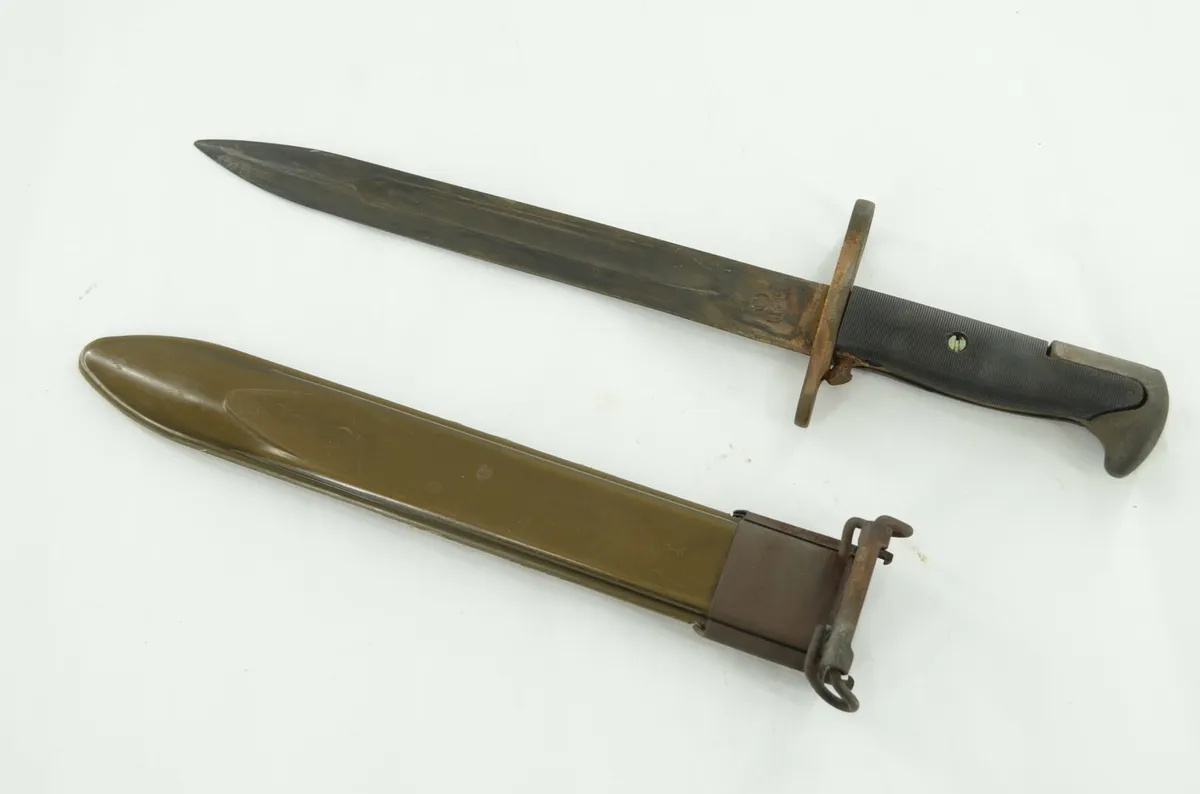+1 (702) 963 3706

In the realm of combat, the concept of dual-wielding has always fascinated warriors and martial artists. The ability to wield two weapons simultaneously requires not only skill but also a deep understanding of combat dynamics and weapon properties. Among the various forms of dual-wielding techniques, the rifle dagger technique stands out as a distinctive and formidable approach. In this comprehensive guide, we delve into the art of dual-wielding, focusing specifically on mastering the rifle dagger technique.
Dual-wielding refers to the practice of using two weapons simultaneously, one in each hand. This technique has a long history across different cultures and combat disciplines, ranging from ancient warriors wielding swords and shields to modern-day practitioners employing firearms and knives. The primary advantage of dual-wielding lies in its ability to increase offensive capabilities, create openings in an opponent's defense, and provide a versatile means of attack and defense.
The roots of dual-wielding can be traced back to ancient civilizations where warriors utilized multiple weapons to gain an edge in battle. In Europe, knights often wielded a sword and a shield or a dagger in conjunction with a primary weapon such as a spear or an axe. In Eastern martial arts traditions, practitioners of styles like Kali/Eskrima and Silat have long incorporated dual-wielding techniques using sticks, knives, and other bladed weapons.
In contemporary combat scenarios, dual-wielding has evolved to encompass a wide array of weapon combinations, including handguns, submachine guns, and knives. Military and law enforcement units often undergo specialized training to effectively utilize dual-wielding techniques in close-quarters engagements and urban combat environments. Additionally, dual-wielding has found its place in the realm of sport and entertainment, with disciplines such as stage combat and historical reenactment showcasing its theatrical appeal.
The rifle dagger technique represents a fusion of traditional marksmanship with close-quarters combat tactics. It involves the simultaneous use of a rifle or long gun and a dagger or combat knife, combining ranged firepower with lethal melee capabilities. Mastering this technique requires proficiency in firearms handling, knife fighting, and situational awareness.
Versatility: The rifle dagger technique allows combatants to engage targets effectively at both short and medium ranges. While the rifle provides firepower and accuracy at a distance, the dagger serves as a reliable backup weapon for close encounters.
Speed and Precision: By seamlessly transitioning between ranged and melee attacks, practitioners of the rifle dagger technique can maintain pressure on adversaries while exploiting openings in their defenses. The ability to swiftly switch between weapons enhances reaction times and overall combat fluidity.
Psychological Impact: The sight of an opponent wielding a rifle and a dagger simultaneously can be intimidating, instilling doubt and hesitation in the minds of adversaries. This psychological advantage can influence the outcome of a confrontation by disrupting the opponent's focus and decision-making process.
Achieving mastery in the rifle dagger technique demands rigorous training and disciplined practice. Here are key areas of focus for aspiring practitioners:
Firearms Proficiency: Familiarize yourself with the operation, handling, and maintenance of rifles and long guns. Develop marksmanship skills through regular target practice and live-fire exercises.
Knife Fighting Techniques: Learn fundamental knife fighting techniques such as grips, stances, thrusts, and slashes. Study the principles of close-quarters combat and situational awareness to effectively employ the dagger in dynamic environments.
Integration and Coordination: Practice seamless transitions between rifle and dagger usage, ensuring fluidity and efficiency in your movements. Emphasize coordination between hand-eye coordination and footwork to maintain balance and stability during engagements.
Tactical Considerations: Understand the tactical applications of the rifle dagger technique in various combat scenarios, including urban warfare, hostage rescue operations, and self-defense situations. Develop strategies for engaging multiple targets and adapting to evolving threats.
While the rifle dagger technique offers significant tactical advantages, practitioners must exercise caution and adhere to safety protocols at all times. Here are some practical considerations to keep in mind:
Safety Gear: Wear appropriate protective gear, including eye and ear protection, when engaging in firearms and knife training exercises. Ensure that training facilities adhere to safety guidelines and regulations governing the use of firearms and bladed weapons.
Supervised Training: Seek guidance from certified instructors with experience in firearms and close-quarters combat training. Participate in structured training programs that emphasize safety, technique, and situational awareness.
Risk Assessment: Assess the inherent risks associated with dual-wielding techniques and take measures to mitigate potential hazards. Avoid practicing in crowded or confined spaces where accidental injuries may occur.
Legal Compliance: Familiarize yourself with local laws and regulations pertaining to the possession and use of firearms and bladed weapons. Exercise responsible citizenship by adhering to legal requirements and obtaining necessary permits and licenses.
The rifle dagger technique represents a dynamic and versatile approach to combat, blending the precision of marksmanship with the lethality of close-quarters fighting. By mastering this dual-wielding technique, warriors and martial artists can enhance their tactical capabilities and adaptability in diverse combat scenarios. However, achieving proficiency in the rifle dagger technique requires dedication, discipline, and a commitment to safety. Through continuous training and skill development, practitioners can unlock the full potential of dual-wielding and elevate their prowess on the battlefield.
Embrace the art of dual-wielding, and embark on a journey of discovery and mastery that transcends conventional boundaries of combat and martial arts.
We take pride in the quality and originality of our products
Our products reach our clients in a timely and discreet manner
We provide support for all customers at all times
If there are any defects upon arrival, do return the weapon and be refunded in full.
Comments
Leave a Comment